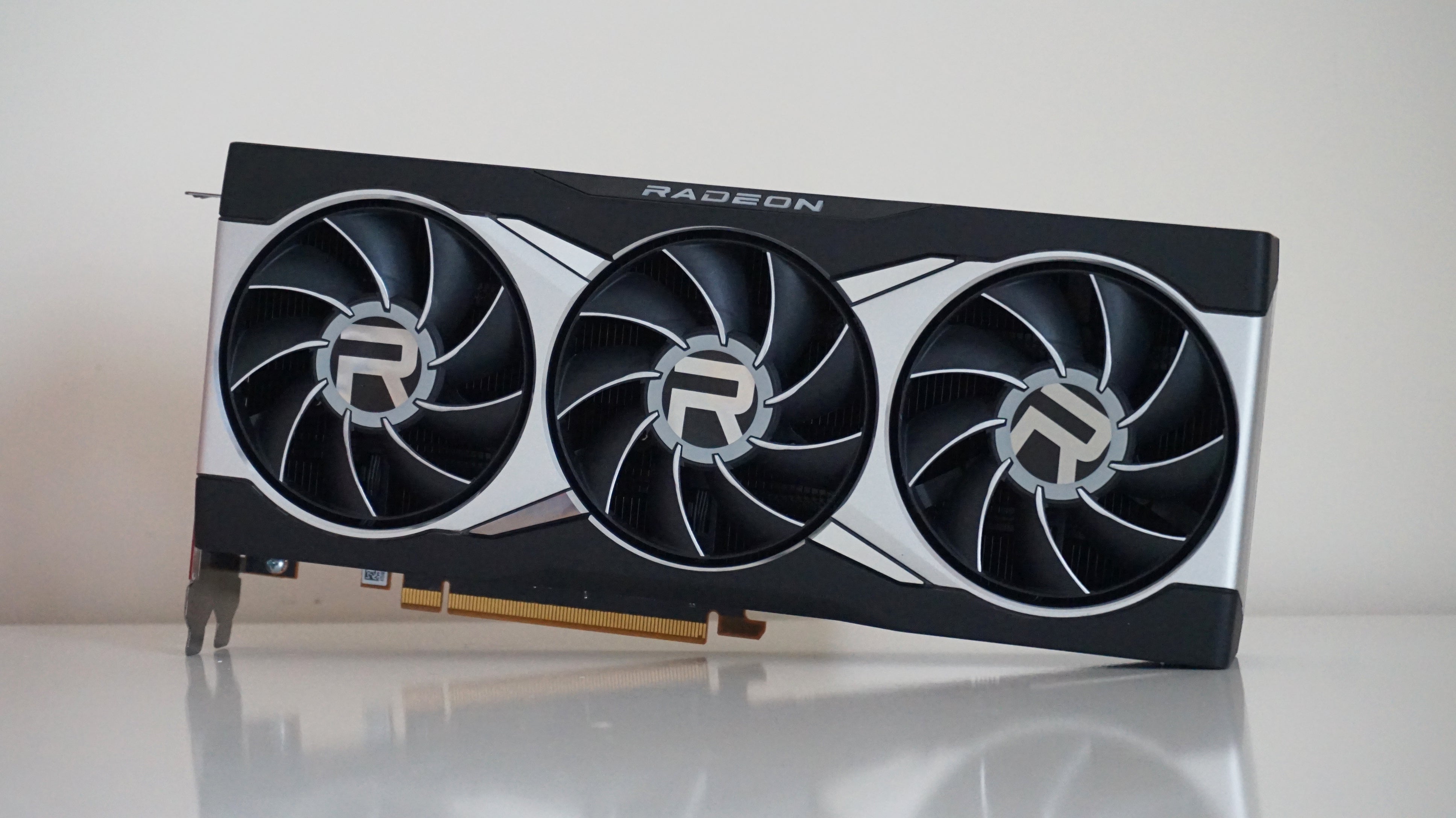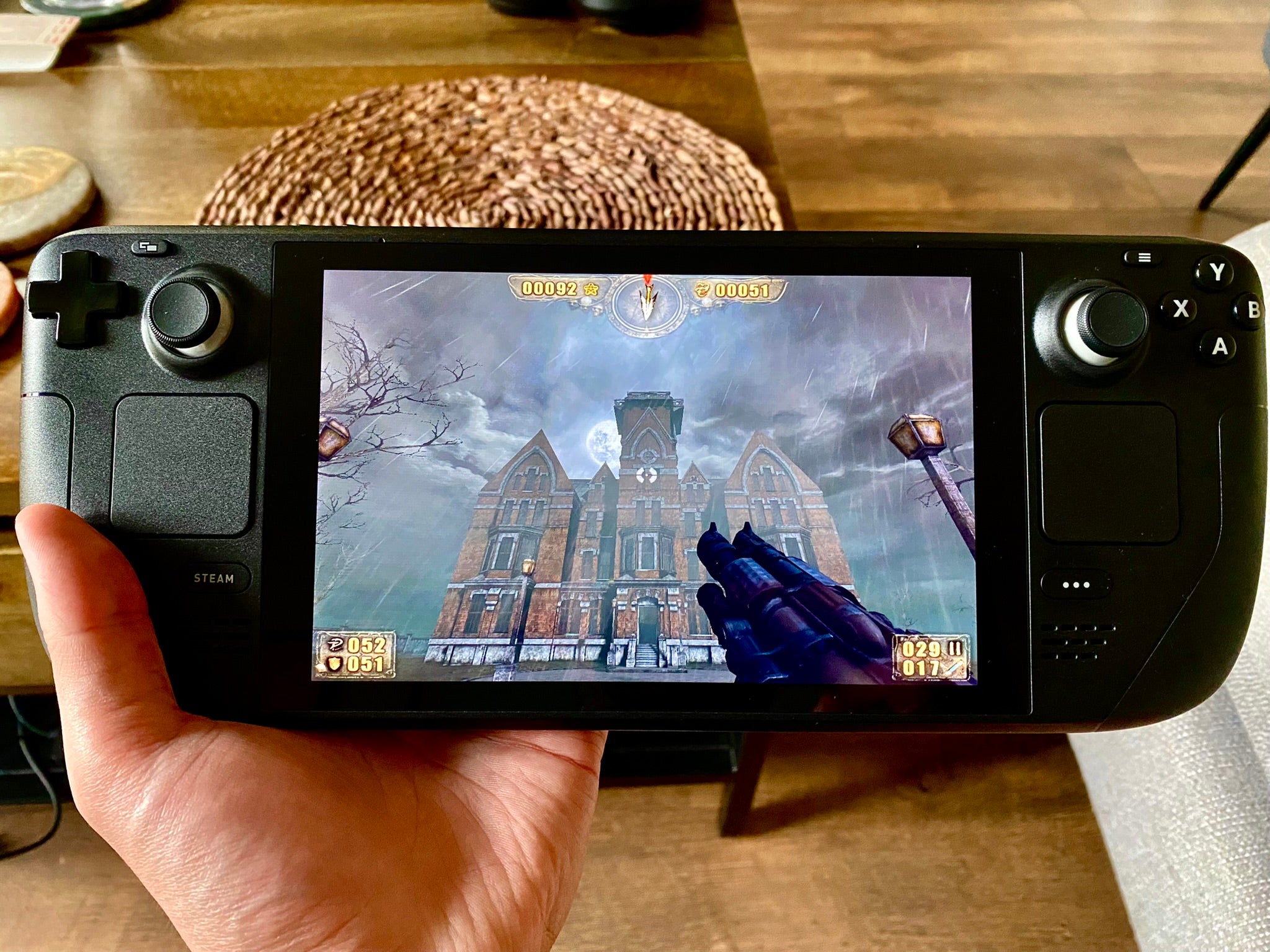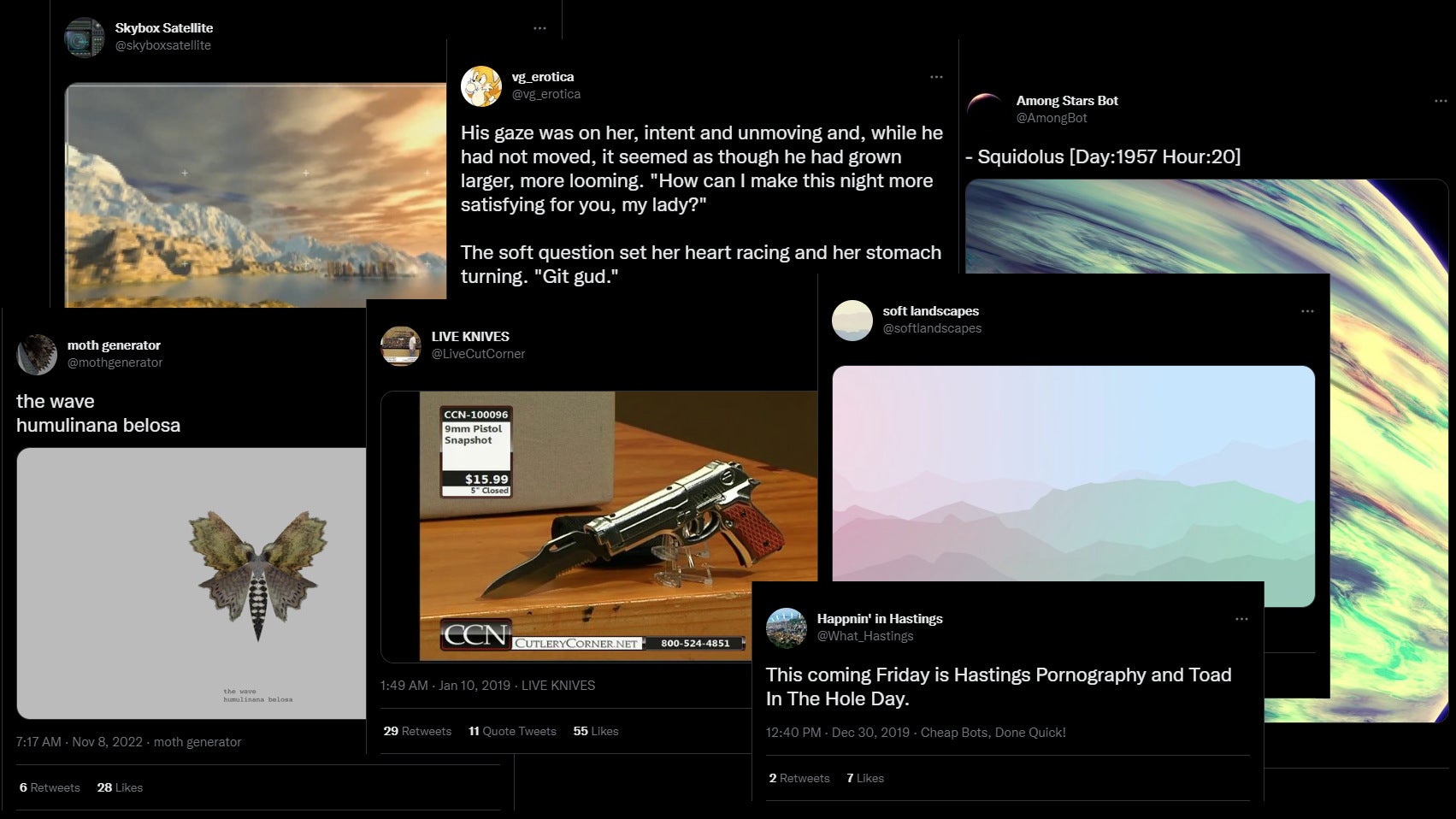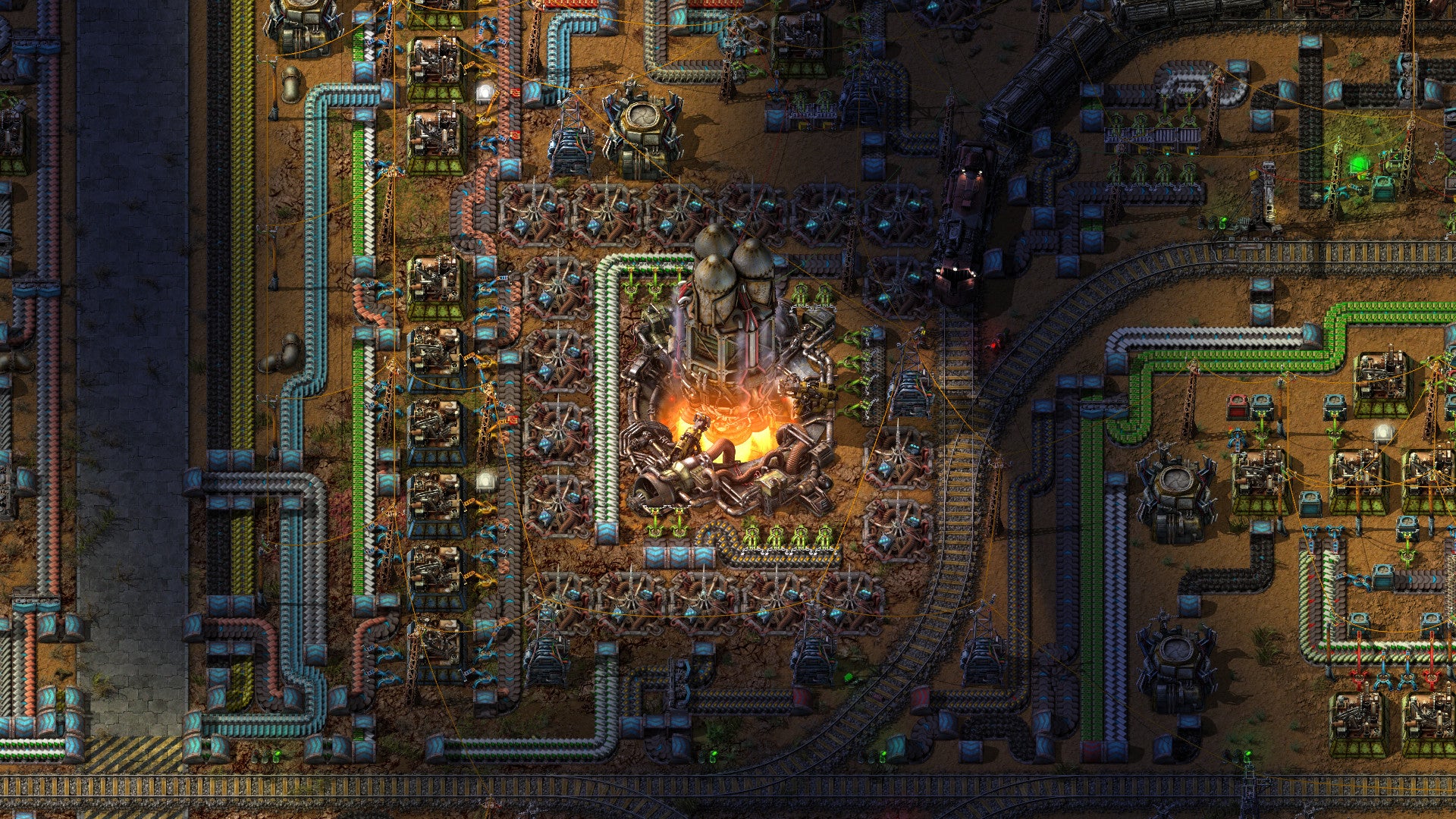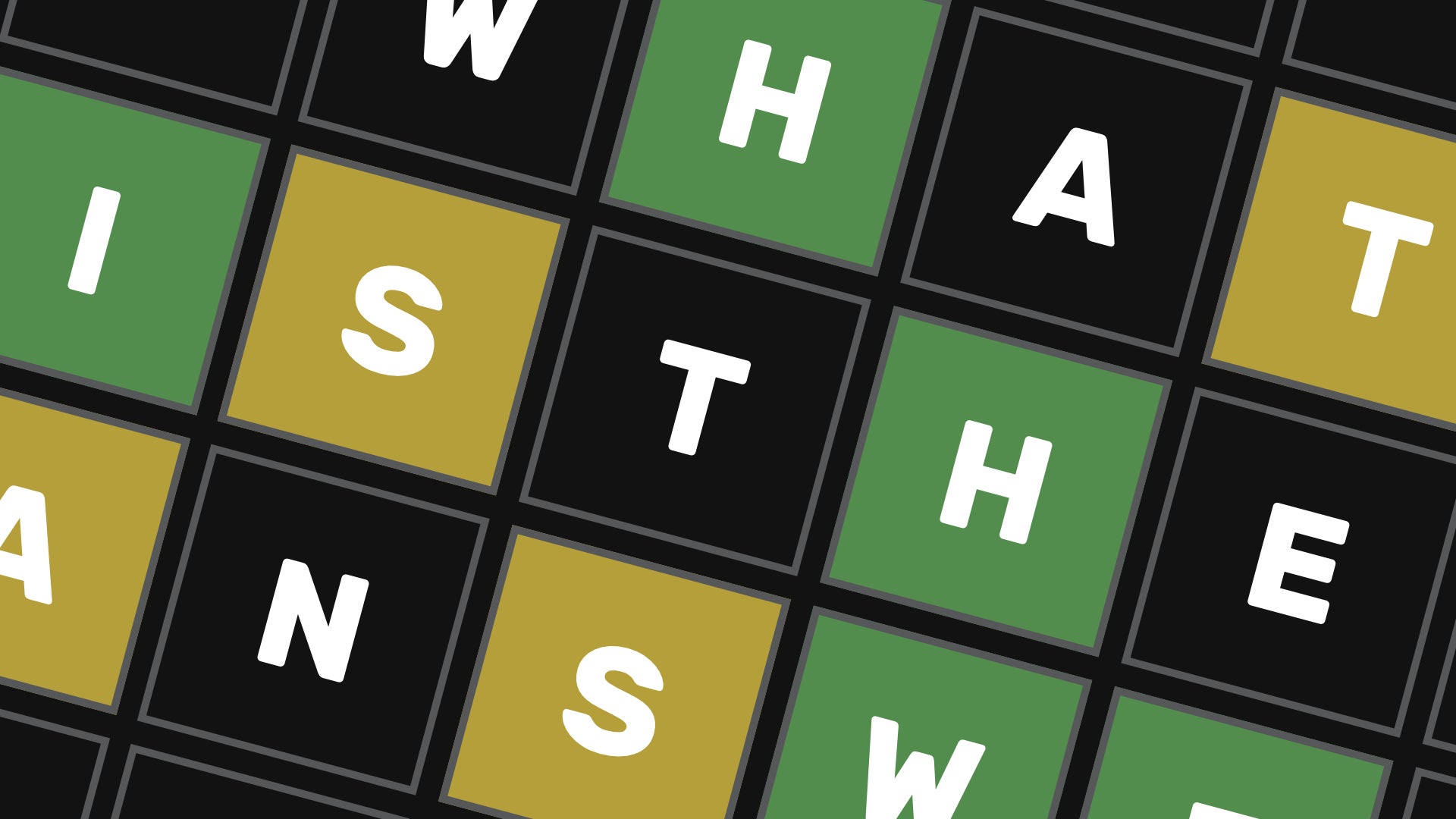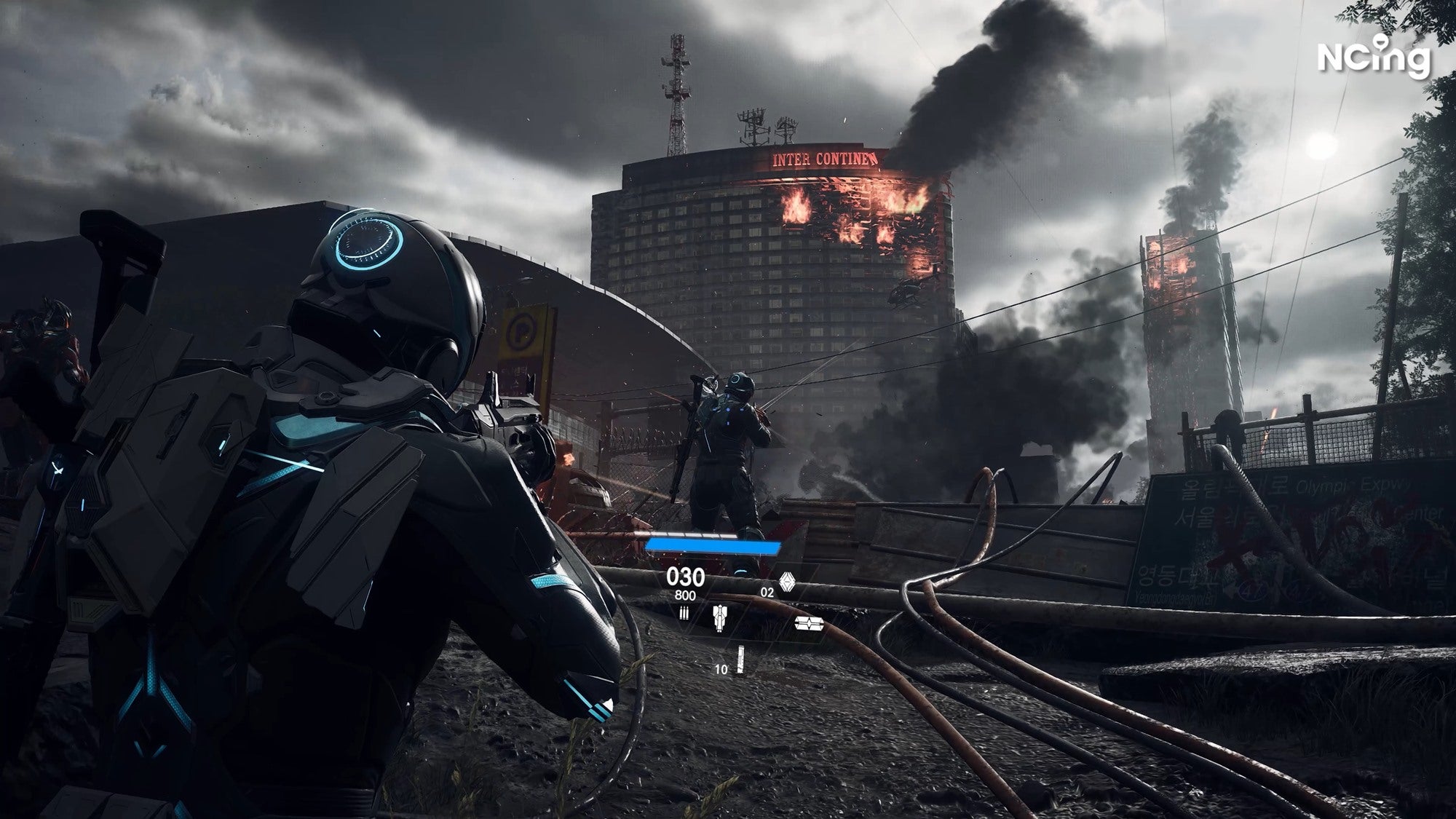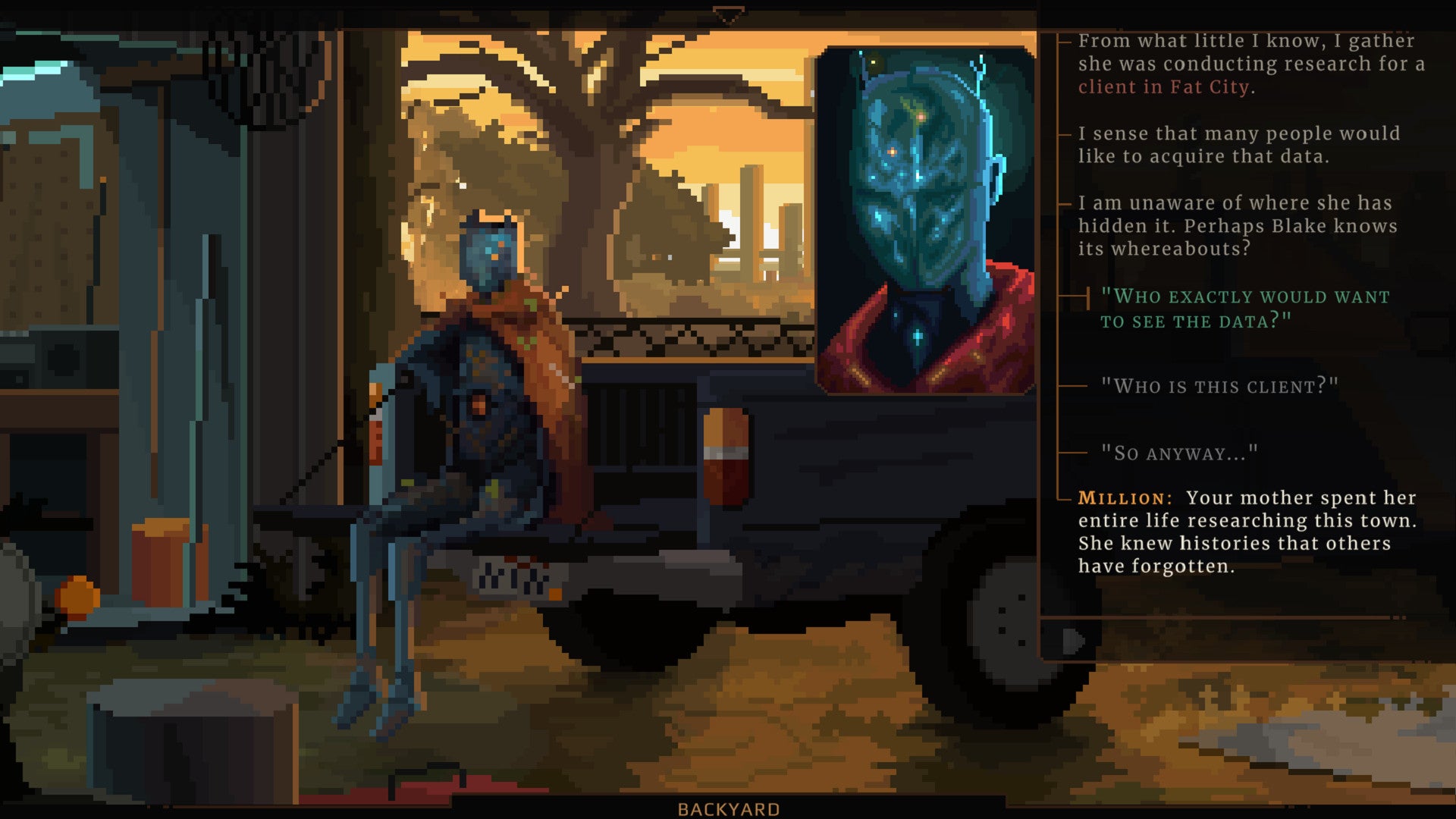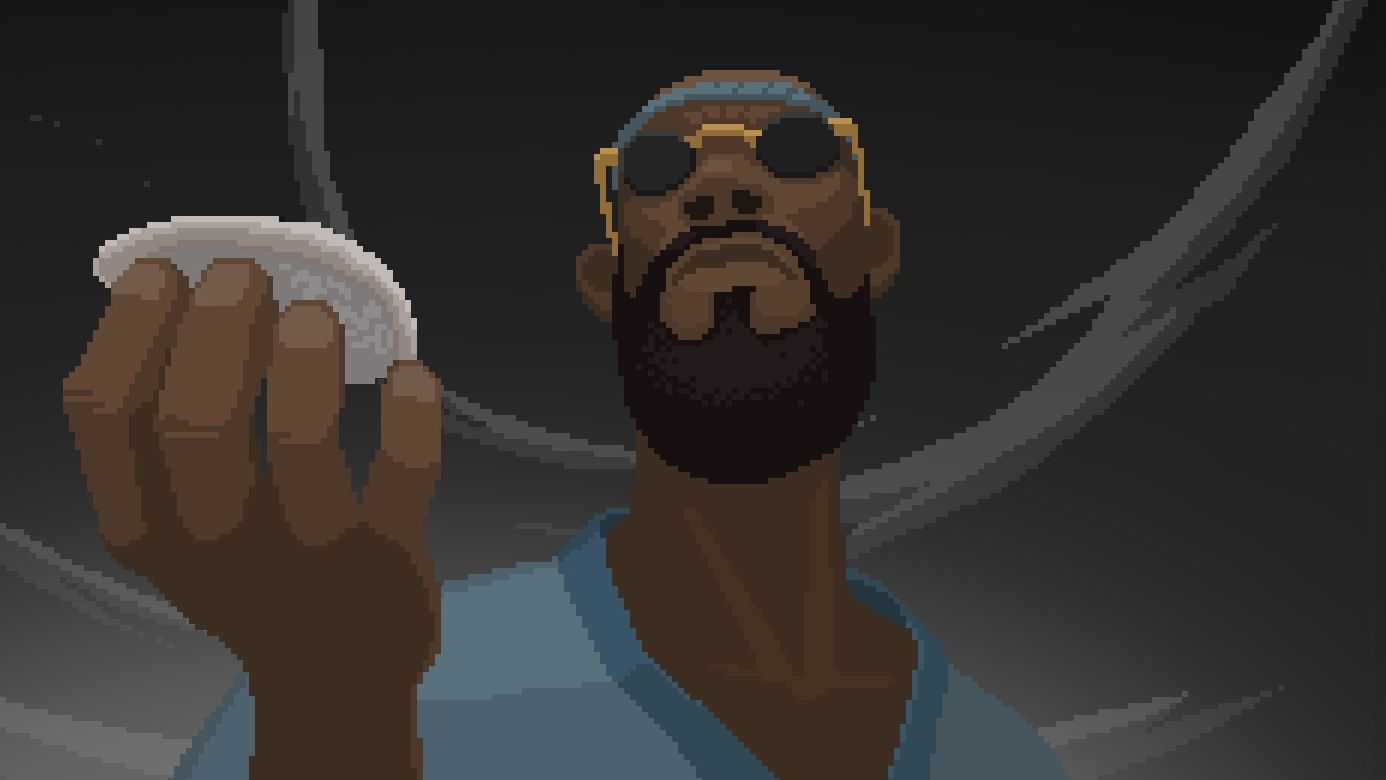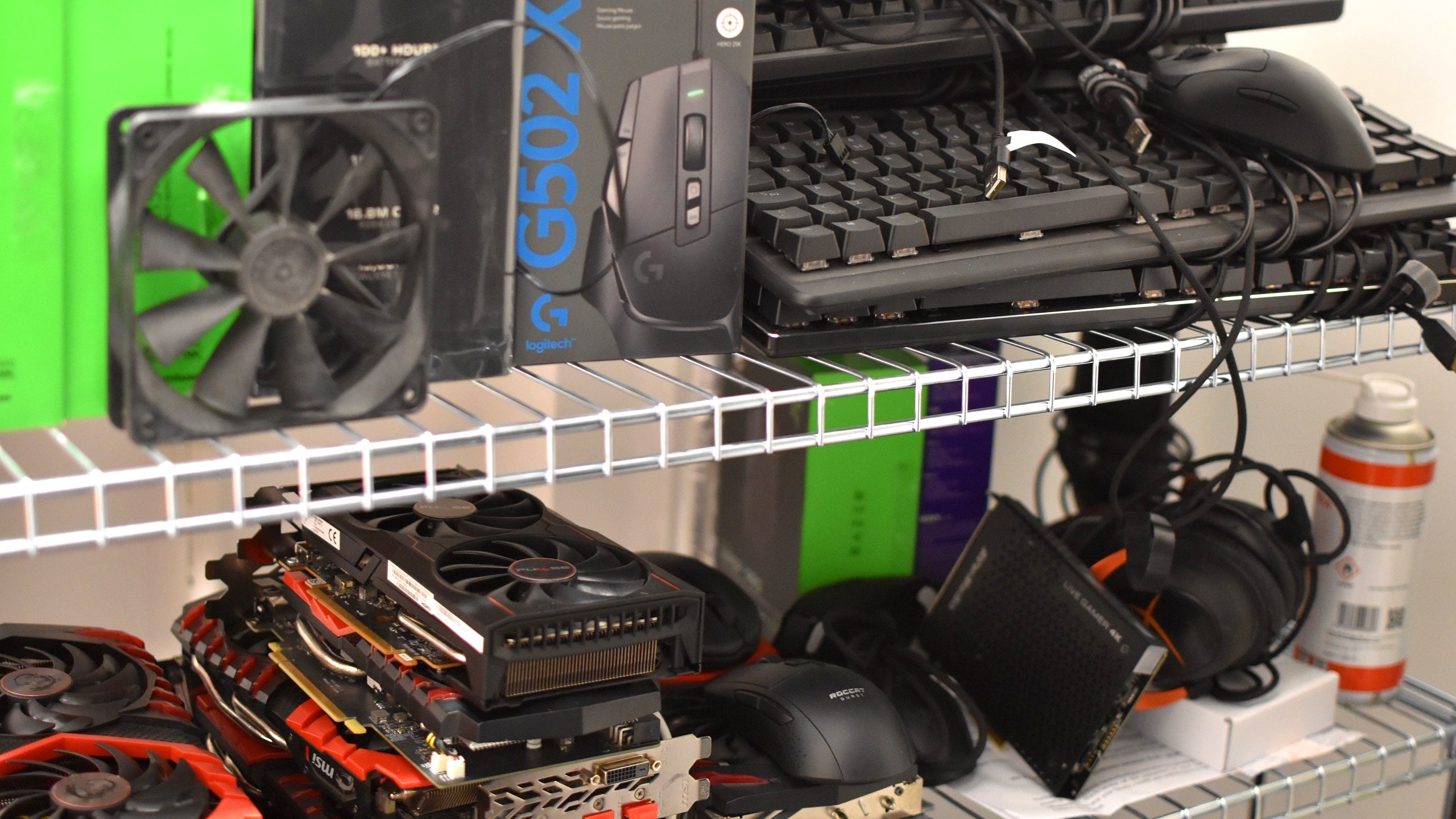AMD Radeon RX 6800 XT review
Not the RTX 3080 killer you were looking forAMD have been on a real winning streak this month with the recent launch of their Ryzen 5000 CPUs, and now they're hoping to follow it up with the launch of their first set of ray tracing-enabled Big Navi graphics cards, the Radeon RX 6800 and RX 6800 XT. Utilising AMD's new RDNA 2 architecture, the RX 6800 and RX 6800 XT are both aiming for Nvidia's equally new RTX 3070 and RTX 3080 GPUs, offering 4K 60fps performance in today's biggest blockbuster games, and well in excess in that at 1440p and below to make the most of the ever-swelling ranks of high refresh rate displays. However, despite coming out strong with their Ryzen 5000 CPUs, I can't help but feel like AMD's first batch of Big Navi cards could have done with a little more time in the oven, especially when it comes to that increasingly important graphics battleground of 2020: ray tracing.
At the moment, I've only been able to test AMD's more expensive RX 6800 XT so far, so I'll have to reserve judgement on the regular RX 6800's ray tracing performance until a later date. However, I suspect my conclusions will be largely the same. For while Nvidia's RTX cards increasingly have their sophisticated DLSS technology to fall back on to help bump up the frame rate to an acceptable level when ray tracing is enabled, AMD have nothing at all. Yet.
Instead, AMD are still working on their answer to DLSS, leaving the RX 6800 XT at a severe disadvantage compared to its RTX competition. Worse still, we currently don't know when it's going to be available either. Dubbed FidelityFX Super Resolution (catchy), AMD have told me it will bring "an open, easily adoptable super resolution capability which will boost ray tracing performance at higher resolutions" when it's finally released, but beyond that... who knows.
"We will share more details as it becomes available," say AMD, but right now I couldn't tell you whether it's going to be an AI-driven thing like Nvidia's DLSS tech, or a riff on some of the existing parts of their FidelityFX suite, such as their Contrast Adaptive Sharpening gubbins or variable rate shading techniques. It may even be a resuscitated form of their older Virtual Super Resolution tech. We just don't know.
AMD Radeon RX 6800 XT review in a nutshell
The good...
- 4K 60fps performance in all of today's biggest games on High settings
- Cheaper than the RTX 3080
- Its smaller size makes it easier to fit in a wider variety of cases
The bad...
- Raw performance isn't as fast as the RTX 3080
- Ray tracing performance is slower than the RTX 3080 as well
- Ray tracing suffers from not having a DLSS-style performance boost option
In any case, the lack of any DLSS-style frame rate hoiking leaves the RX 6800 XT feeling rather lacklustre compared to the RTX 3080, even though there are several parts of its design and tech specification that make it much more attractive. For starters, it actually fits into my damn case without requiring any HDD bays to be removed (something I can't say is true of all RTX 3080 cards), and its rated power draw of 300W (versus Nvidia's 320W) also only requires the usual pair of 8-pin power connectors, disposing of the triple power connector nonsense seen on a lot of third party RTX 3080 cards.
All of AMD's Big Navi RX 6000 series have a massive 16GB of GDDR6 memory, too, leaving them better equipped to deal with the increasingly large memory requirements of 'next-gen' games. We've already seen Watch Dogs Legion's high VRAM requirements butt up against the 8GB you'll get on the RTX 3070, for example, and even the RTX 3080's 10GB of GDDR6X memory is starting to feel a little stingy by comparison.

There's also the untapped promise of AMD's Smart Access Memory feature, which has been designed to boost the RX 6000 series' performance even further when paired with one of their frankly astonishing Ryzen 5000 processors and a 500-series AM4 motherboard. This is still in its early stages at the moment, and even AMD have admitted that the gains you can get by enabling it right now are pretty small. It varies from game to game, too. I'll be doing further tests on Smart Access Memory in due course, but so far I've seen next-to-no boosts in some games, while jumps of up to 11% in others. The hope, though, is that once developers are able to test Smart Access Memory for themselves, we'll start to see those gains get bigger over time.
It's exactly the kind of thing you'd want to see from having a fully-AMD gaming PC, but right now its impact will struggle to be felt in the face of the Nvidia's clearly more powerful RTX 3080.
Yes, as much as it pains me to say it, the RX 6800 XT is not the RTX 3080 killer we were hoping for this year, as both its raw performance and ray tracing capabilities leave a lot to be desired in the face of its mighty Nvidia rival. Of course, provided RX 6800 XT cards stick around longer than ten minutes when they go on sale today, I'd probably be happy paying £620 / $649 for slower speeds in the face of the RTX 3080's continued price hikes and scarce stock situation. All things being equal, though, I can't in good conscience recommend the $649 RX 6800 XT when just another $50-odd would (ordinarily, at least) get you the significantly more powerful RTX 3080.

AMD Radeon RX 6800 XT 4K benchmarks
The RX 6800 XT is still a stonkingly powerful graphics card, don't get me wrong. While it can't quite hit a smooth 60fps on max settings at 4K in a lot of today's biggest games, it can certainly do it on High - which, let's not forget, would have required the £1000 / $1000+ RTX 2080 Ti to achieve this time last year. That in itself is still impressive. The RTX 3080 just does it better.
The RX 6800 XT still puts up a pretty good fight in some of today's toughest games, though. In Metro Exodus, for example, I saw an average of 63fps at 4K Ultra, which is only five frames behind my result for the RTX 3080, while High saw the figure rise to an average of 75fps. Again, that's just four frames behind the RTX 3080. Assassin's Creed Odyssey saw the RX 6800 XT match the RTX 3080's speeds at 4K, with both cards averaging 63fps on Ultra High and 67fps on Very High, and Forza Horizon 4 had them in a photo finish with two identical 4K Ultra averages of 139fps.
Elsewhere, though, the RX 6800 XT's 4K performance starts to flag compared to its hulking Nvidia rival, particularly when it comes to ray tracing. Going back to Metro Exodus for a minute, the RX 6800 XT's performance was more or less cut in half when I enabled the game's Ultra ray tracing setting in its dedicated benchmarking tool, which sent the frame rate plummeting down to an average of just 30fps on Ultra. The RTX 3080, by comparison, managed a much more playable 42fps on Ultra with Ultra ray tracing, which can also be bumped up to a smooth 61fps once you enable DLSS.
Control proved equally tough for the RX 6800 XT, too. It already struggled to hit an average of 45fps on High at 4K (versus the RTX 3080's 56fps average), but when I switched on its Medium ray tracing setting as well the frame rate was barely able to stay above 30fps. The same thing occurred on Medium and Low at 4K, too, and even knocking the resolution down to 1440p only produced an average of 54fps on High with Medium ray tracing (down from a non-ray traced average of 81fps). The RTX 3080, on the other hand, can manage a much more playable 46fps average on 4K High with Medium ray tracing, and an impressive 78fps average when you knock the resolution down to 1440p with the same settings. And that's before adding DLSS into the equation, too.
Similarly in Monster Hunter: World, the RX 6800 XT averaged 50fps on Highest as I sprinted across its Ancient Forest environment, versus the RTX 3080's 59fps average. The former is still perfectly playable, of course, even with its brief lows of 47fps, and dropping it down to High saw its average soar to a very smooth 74fps. But when the RTX 3080 can simply switch on DLSS and achieve 83fps on Highest at 4K, it leaves AMD's card feeling a little underwhelming.
The same goes for Shadow Of The Tomb Raider. On Highest at 4K with its tough SMAA x4 anti-aliasing enabled, the RX 6800 XT managed a decent average of 50fps in its built-in benchmark, but this is still quite a way behind the average of 57fps you'll get on the RTX 3080. Nvidia's flagship GPU gets the benefit of DLSS here, too, raising its average to 95fps on its own and a smooth 70fps when you enable its Ultra ray traced shadow setting. The RX 6800 XT, meanwhile, has no such aid to help bolster its ray tracing performance, averaging just 44fps on Highest with its lowest SMAA option turned on. In fairness, the RTX 3080 only managed an average of 51fps with the same settings, but when you've got something as good as DLSS at your disposal it seems silly not to turn it on.
It's a similar picture in Final Fantasy XV. While the RX 6800 XT's average of 59fps at 4K Highest with all the extra Nvidia effects turned off is impressive, dipping to just 52fps on the lush hills of Duscae, the RTX 3080's average of 72fps (and lows of 66fps) just feels that bit smoother in practice. AMD's card can still do some of the extra Nvidia effects in Final Fantasy XV - particularly the excellent-looking TurfEffects for more realistic grass - but again, it pales compared to its Nvidia rival, which can also whip out the old DLSS trick again should things get too choppy.
I should note, of course, that the number of DLSS games actually available right now is still quite small overall - it just so happens that a large concentration of them appear in my benchmarking suite. However, even when the RTX 3080 doesn't have DLSS fall back on, it still puts in a better showing than AMD. For example, Total War: Three Kingdoms is still a tough challenge even for the RTX 3080 on Ultra settings at 4K, but its average of 47fps is still a smidge more playable than the RX 6800 XT's average of 42fps. The same goes for dropping things down to High. Whereas the RX 6800 XT is still capable of averaging 61fps here, the RTX 3080 goes that little bit further with its average of 68fps.
Even older games such as The Witcher III have the RTX 3080 way out in front, too. Sure, you're not going to notice whether the RX 6800 XT is averaging 73fps versus the RTX 3080's 83fps average on Ultra unless you have a high refresh rate 4K gaming display at your disposal, but it seems silly to hamper yourself in this way when, under normal pricing conditions, the RTX 3080 only costs another $50.
Admittedly, the performance gap is a lot narrower at 2560x1440, with the RX 6800 XT pretty much matching the RTX 3080 in every game mentioned above on max settings. I saw average frame rates of at least 90fps at this resolution, if not closer to 100fps in many cases, and my eyes certainly aren't good enough to tell the difference between the two cards without the aid of a frame rate counter.
However, there's little need to spend $649 or upwards of $699 on a graphics card for exceptional 1440p performance these days, especially when the cheaper RTX 3070 (and almost certainly the regular RX 6800, given what our friends at Digital Foundry have to say about it) can do it just as well for $200 less. Similarly, while the RX 6800 XT might be neck-and-neck with the RTX 3080 when it comes to raw performance at 1440p, throw ray tracing into the mix and Nvidia's card still comes out on top.
AMD Radeon RX 6800 XT conclusion
As I said earlier, there's every possibility that AMD's Smart Access Memory feature may help to close this gap in the months (or years) to come, but right now I can't say I saw much benefit from it during my testing. When I switched over to a Ryzen 5 5600X-powered PC from my Intel Core i5-10600K machine, the vast majority of my test games showed no improvement, and if they did, it was often only by a couple of frames - certainly not enough to trouble Nvidia's naturally higher frame rates overall. Only Forza Horizon 4 pulled ahead with its massive jump of 11% (around 15fps) at 4K, but it was very much the exception to the rule.
Even if Smart Access Memory does eventually come into its own, though, the bigger problem facing AMD's RX 6000 GPUs is that missing DLSS competitor. As I mentioned earlier, a solution is coming in the form of AMD's mysterious FidelityFX Super Resolution tech, but the longer AMD's cards are without it, the harder it's going to be to recommend them as viable ray tracing options. Naturally, I'll be retesting the RX 6800 XT as soon as AMD's FidelityFX Super Resolution becomes available to see how it compares to Nvidia's DLSS tech, but in the meantime, the RTX 3080's naturally superior performance makes the RX 6800 XT a difficult card to recommend, even in the face of the RTX 3080's continued stock shortages. If you want the best 'next-gen' graphics card for 4K, the RTX 3080 is currently the one you should be saving your pennies for.

